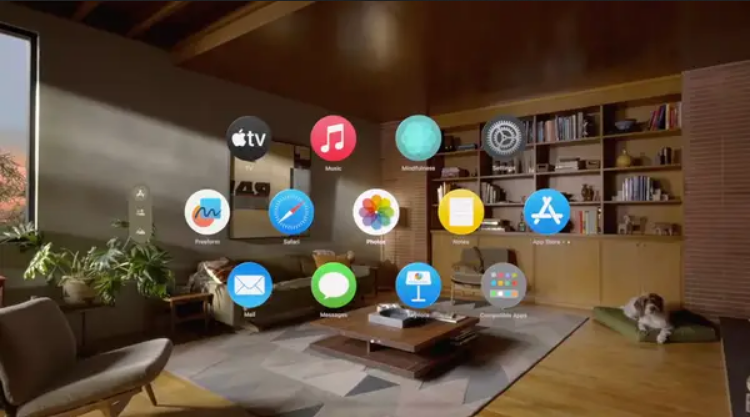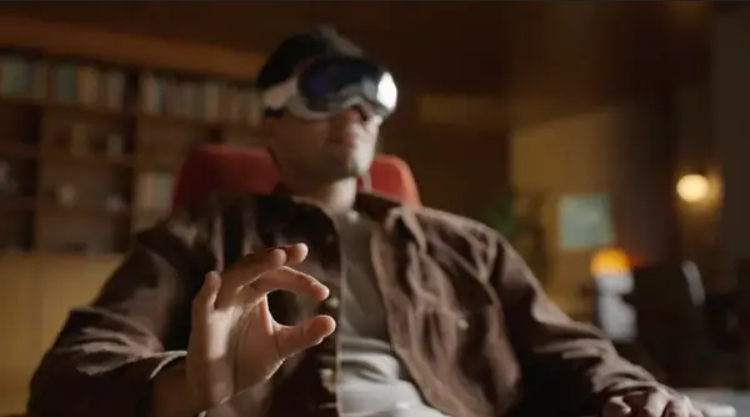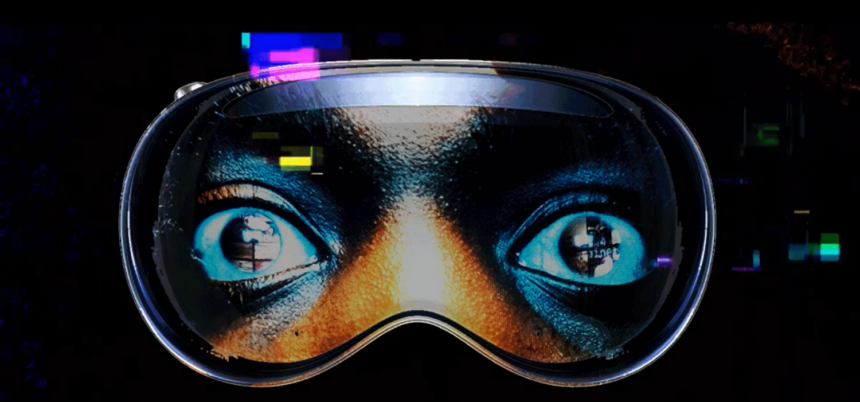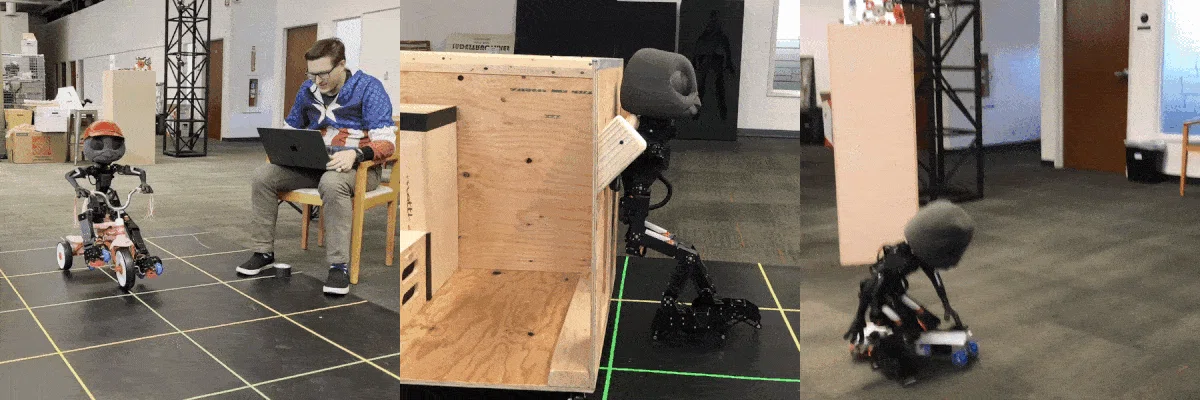The tech world is abuzz with the arrival of Apple’s Vision Pro headset, a marvel of design that combines striking video and sound quality with an innovative gestural interface reminiscent of “Minority Report.” Despite its high price tag of $3,500 and the ongoing debate about its practical applications, it’s undeniable that Apple has ventured into a new realm of gadgetry. Similar in capability, Meta’s Quest 3 and Quest Pro headsets also explore the concept of “passthrough” video, blending the real world with digital enhancements to create a compelling virtual space that Apple and Meta believe users will want to inhabit, not just visit.

However, this new digital frontier may have profound and complex effects on human perception and social interactions. Stanford’s Virtual Human Interaction Lab director, Jeremy Bailenson, warns of the significant, society-wide experiment we’re embarking on as these devices potentially rewire our sense of reality. The concern is that prolonged, widespread use of VR headsets could alter our perception of distances and objects, leading to real-world disorientation and even social detachment.
The immediate issues with VR, such as misjudging distances and experiencing object distortion, are well-documented. These effects become more pronounced and problematic with extended use. Bailenson’s team observed these issues firsthand, noting that long-term adaptation to VR’s altered perception made returning to normal vision challenging, likening it to a “shroom hangover.”
Passthrough technology, which re-creates the real world with digital overlays, is particularly potent in its ability to estrange users from their environment and each other. The synthetic reproduction of social interactions can make other people seem less real, potentially fostering a sense of detachment and dehumanization.
The implications extend beyond individual experiences, threatening the common ground that underpins social cohesion. As Bailenson points out, VR can add or remove elements from our reality, a powerful capability that could lead to a fragmented society where shared experiences and understandings become increasingly rare.

Despite these concerns, the potential benefits of passthrough technology, such as enhanced information access and novel sensory experiences, remain compelling. The challenge lies in balancing these benefits with the risks of immersion and isolation.
As we stand on the brink of widespread adoption of VR technologies, the lessons from past technological disruptions loom large. The social consequences of platforms like social media serve as a cautionary tale for the potential impact of VR on societal norms and personal well-being.
Bailenson’s call for urgent research into the effects of passthrough headsets highlights the need for a balanced approach to embracing these technologies. While the allure of a digitally enhanced reality is undeniable, it’s crucial to remember the value of disconnecting and grounding ourselves in the unedited world around us. As we navigate this new digital landscape, mindful use and ongoing research will be key to ensuring that these innovations enhance, rather than detract from, our collective and individual realities.








